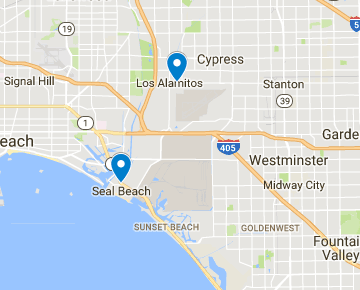Caring for Your Flat Feet

Are your flat feet uncomfortable? Maybe it’s time for treatment. Flat feet, or fallen arches, affect about 18 million U.S. adults aged 21 and older, according to a 2012 survey by the Institute for Preventive Foot Health. Fortunately, for most people, flat feet cause no discomfort. However, others find the condition can be painful and prevent them from participating in sports or other daily activities. The most noticeable sign of flat feet is a very low arch, or no arch at all, on the bottom of the foot when standing. On a normal foot, a curved arch supports our body weight when we walk. Without a pronounced arch, people with flat feet may experience pain in the middle of the foot, as well as in the hip, knee, and lower back. In addition, their feet may feel stiff, they could have difficulty standing on their toes, or they may experience swollen ankles. Several factors contribute to the development of flat feet, but the primary cause is overpronation — an unnatural turning of the feet inward when standing, running, or walking. What Causes Flat Feet? Many people don’t realize that everyone is actually born with flat feet. However, arches are supposed to develop by age six. If a child’s foot doesn’t arch, it’s usually due to a genetic disorder like Down’s Syndrome or cerebral palsy; however, some people’s arches may “fall” during adulthood. Overpronation is the leading cause of flat feet. When feet turn inward instead of moving evenly from the heel to toe, the movement puts more pressure on the feet, ankles, and knees. In addition to pain and stiffness, this excess strain sometimes leads to shin splints or Achilles tendinitis. Besides overpronation, other physical abnormalities or traumas weaken the arches of the foot. A stress fracture to the foot or ankle, heredity, and arthritis can all weaken the arches, and fallen arches can develop over time as the arch’s main support bridge — the posterior tibial tendon — loses strength or is ruptured. Chronic conditions such as hypertension and diabetes also play a role in flat feet. These diseases restrict blood flow to the muscles and connective tissues in the foot, thereby weakening the arches. Treating Flat Feet To diagnose flat feet, a podiatrist will examine the foot and observe the patient’s gait. Imaging tests including X-rays, ultrasounds, and MRIs to spot tendon or tissue damage may also be performed. Unless flat feet cause extreme pain and make normal activities like walking difficult, patients may not seek treatment. If the discomfort becomes significant, conservative therapy is recommended. Here are some treatment options for flat feet: Orthotic Devices. These wedge-shaped devices provide extra support to the arch when slipped into a shoe. Orthotic devices are available over the counter, or can be custom-fitted to the patient. Though these devices don’t cure flat feet, they can reduce the symptoms. Physical Therapy. To alleviate the discomfort of flat feet, patients can practice exercises to stretch and strengthen the foot and calves. One to try is a heel cord stretch:
- Face a wall and put one hand on the wall at eye level.
- Move the painful leg one step behind the other leg and place the heel firmly on the floor.
- Bend the knee of the front leg so the back leg feels the stretch. Hold for 30 seconds.
- Repeat 10 times, making sure to keep the back straight.





